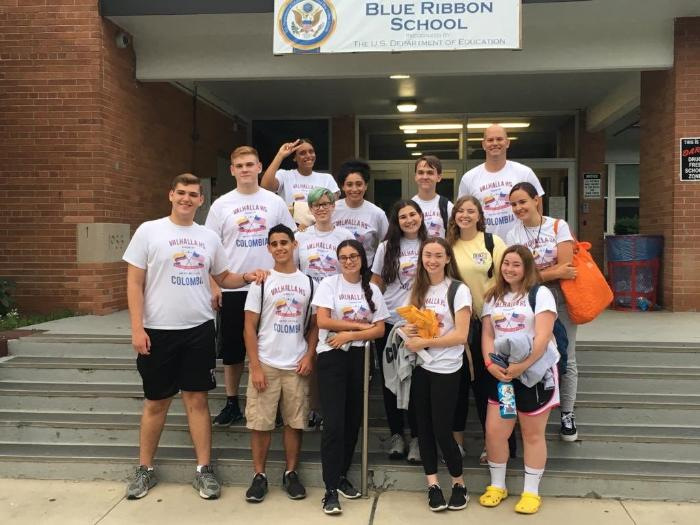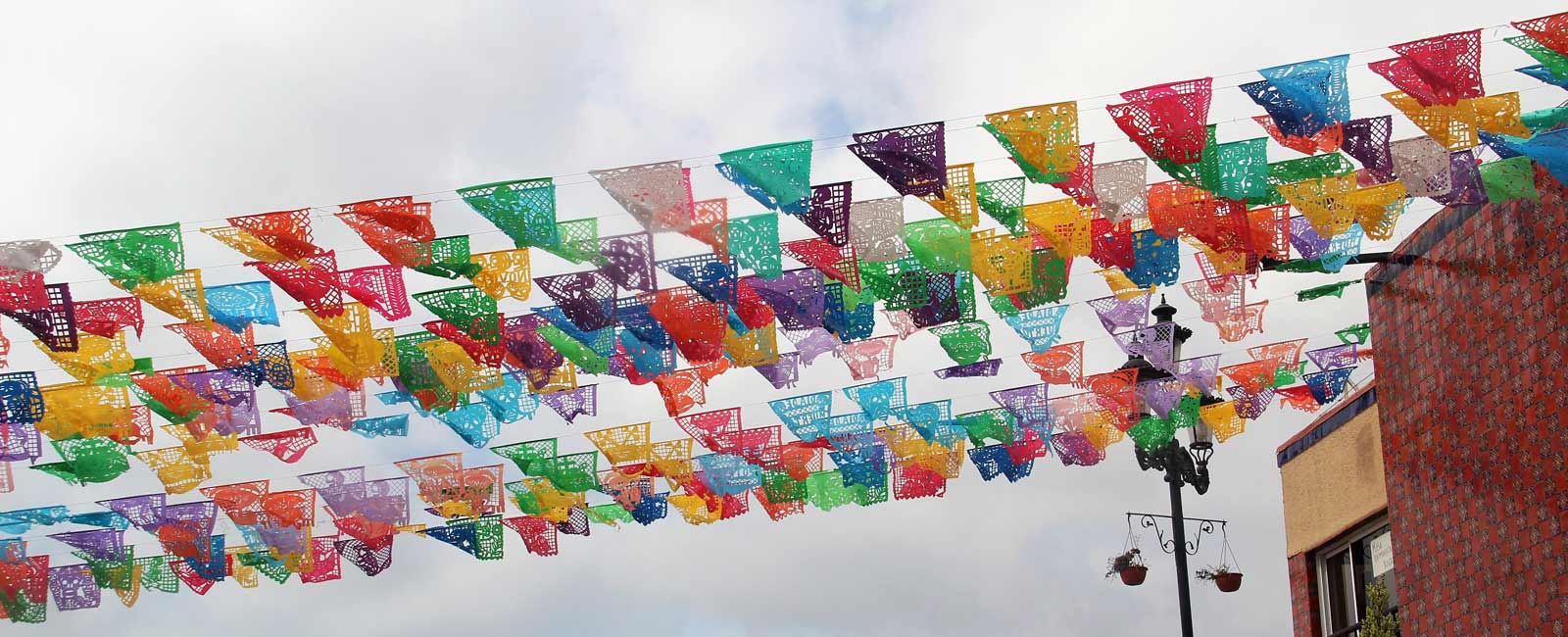
Valhalla School in Colombia
Beyond the Classroom: New Encounters – Trip to Colombia
This article is part of our new “Beyond the Classroom” series, where Valhalla staff members share their experiences first-hand. This feature was written by Richard O’Riley, a Valhalla High School Spanish teacher and track/field coach.
“Spending time with people refines how much one actually knows.”Have you tried learning a new language? You might ask yourself if the sacrifice is worth it. You then realize that the only way to really do it is to do something different. As a veteran Spanish instructor, I sought to create an innovative experience for my students at Valhalla High School.
The idea of traveling to Colombia came about after collaborating with an English professor from Bogota via Skype in the Classroom (an online community that offers educational experiences, including classroom-to-classroom connections, virtual field trips and live collaboration projects).
In partnering with Peace Works Travel, an educational research company, a group of 12 Valhalla students made the commitment to immerse themselves in Spanish within the context of the ongoing peace and reconciliation process. My wife, who is a native of Mexico and bilingual education teacher in the White Plains Public Schools, chaperoned with hopes of forging new connections and ideas to use back in the classroom.
Spending time with people refines how much one actually knows. We started off our trip to Colombia in Bogota with a bike tour, stopping to taste typical fruits and arguably the best coffee in the world. We visited Cerro de Monserrate, the highest point in the city and toured La Universidad Nacional to participate in “Aula Viva,” an outdoor gathering of indigenous leaders from the Guajira region who were advocating for greater recognition and equal rights. We toured “El Egipto,” a recovering gang neighborhood that is now working with a university to promote peace through street art in a program called Breaking Borders. This proved to be an eye-opening experience for many in our group.
We continued our travels to Barranquilla to visit three public schools that are strongly connected to their African heritage. Students at Escuela Paulino Salgado performed dance and drumming of the Palenque culture. Many of the songs included words in Bantú, a language from West Africa. While visiting Centro Educativo Martin Luther King, our group donated school supplies to students. We learned from officials about the efforts to increase Afro-Colombian representation at the national level. The following day, we had the unique opportunity to meet with displaced citizens living in government-subsidized housing projects. Hearing horrific personal accounts of what transpired during the civil war allowed for our two realities to connect and, perhaps, help the healing process.
The final part of our journey was to Cartagena de las Indias. Known for its beaches and tourism, we stayed in a local neighborhood called Getsemaní, which was once a slave commune. We took drumming classes at a local school called Tambores de Cabildo, which is located in La Boquilla. This community seeks to promote social change through contagious rhythms. The day before we returned home, our group ventured out to “Las Islas Rosario” to enjoy snorkeling and beach activities in crystal clear waters.
Many students have commented what a life-changing time this proved to be. We are forever thankful to the Colombian people for opening their hearts to us. ¡Qué viva Colombia! See article here/aquí.
.
